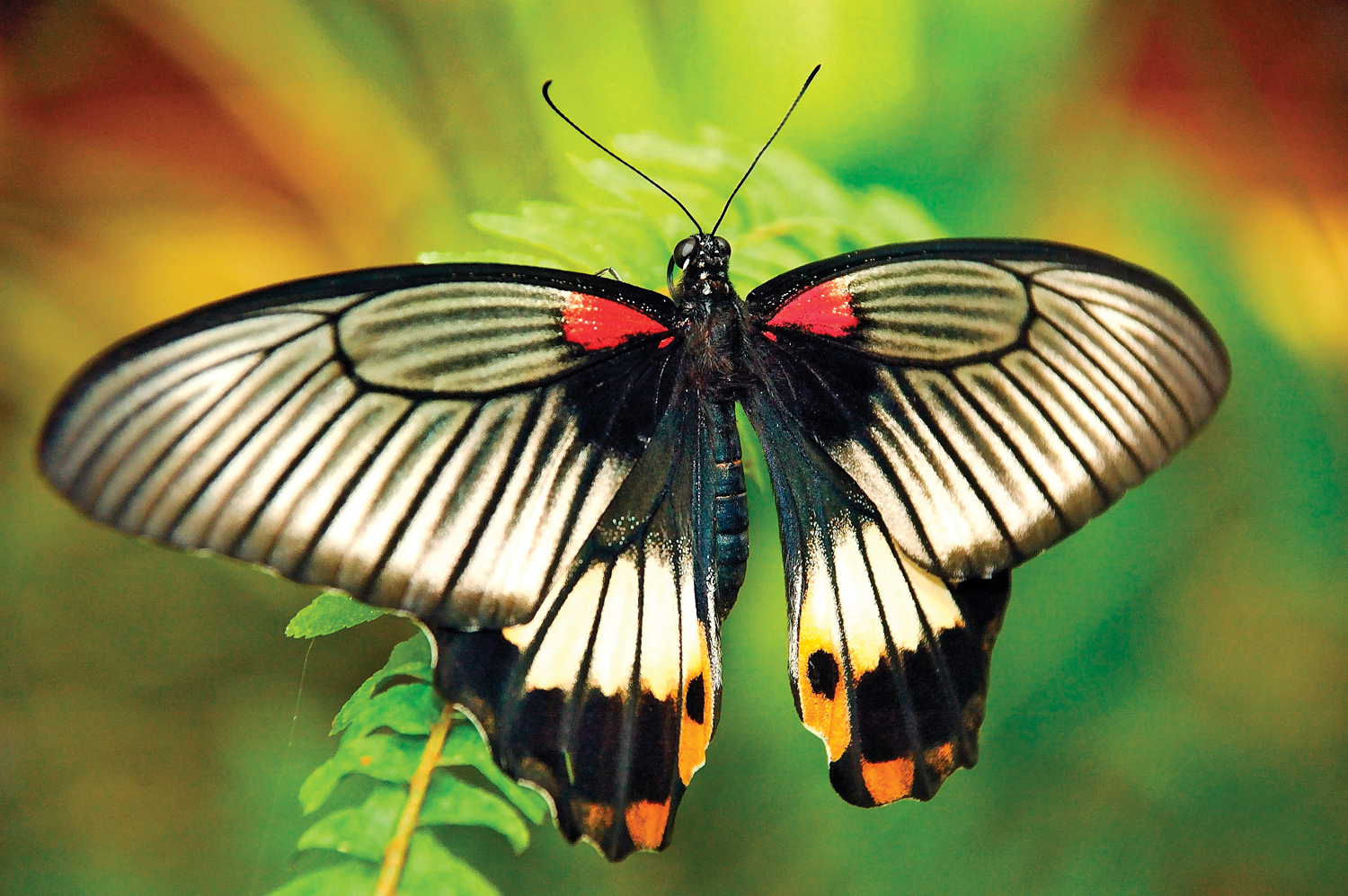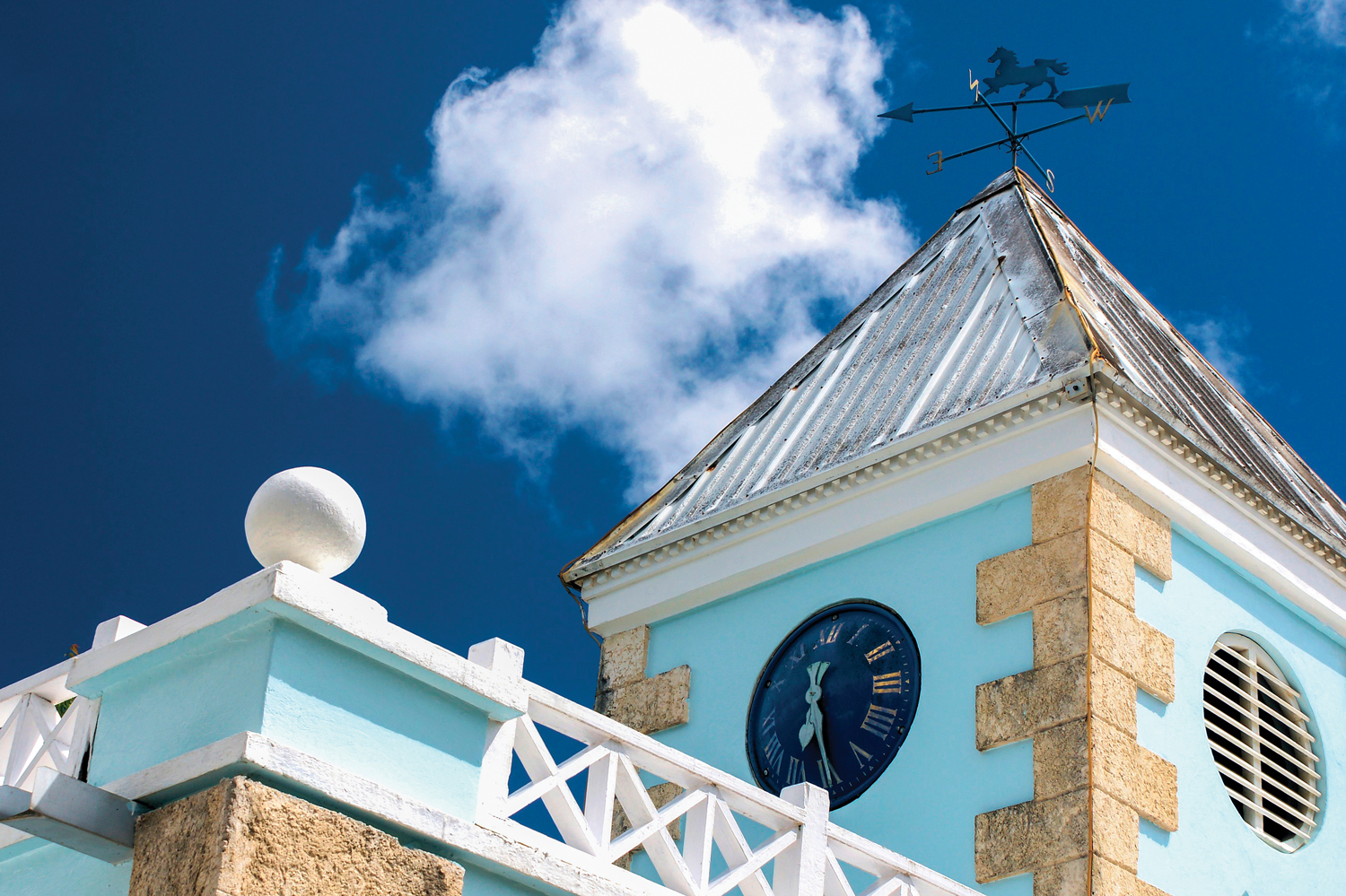Barbados Local Food Essentials
— By Joanna Fox
COU-COU
Cou-cou and flying fish is the national dish of Barbados. The cou-cou half is a hearty starch made up of cornmeal, okra and onions. The recipe for cou-cou originated from West African slaves who were brought to the island in 1644. Passed down from generation to generation, cou-cou became a household staple. The Barbadians even invented a special utensil that looks like a spoon-sized cricket bat called a cou-cou stick for stirring the mixture. Once it’s ready, cou-cou resembles a rounder, firmer version of polenta. For the national dish, it’s topped with steamed flying fish and a light herb and garlic tomato sauce.
FLYING FISH
The other half of the national dish, flying fish, also happens to be depicted on the Barbadian dollar coin. Sometimes referred to as ‘the land of the flying fish’ this Bajan warm water species is about 25cm long and shaped like a herring. Although they don’t actually fly, they appear to when they swim up to the water’s surface and burst into the air, using their pectoral fins to help them glide up to 40 meters in distance. Flying fish are found at fish markets and stalls all over the island and are typically served steamed or fried.
FISH CUTTER
A cutter is a sandwich made from Bajan salt bread, which is not salty, but a lot like a potato bun: soft, light and fluffy. There are a couple theories of where the word ‘cutter’ came from. One is that the bun is cut, then stuffed with ingredients, hence a cutter, and the other is that this sandwich helps ‘cut’ the alcohol when you’re out drinking. Regardless, the most famous cutters are made with fried fillets of flying fish and topped with lettuce and tomato. Take note that a fish cutter isn’t the real deal without a dousing of some hot pepper sauce.
HOT PEPPER SAUCE
This is a condiment found all over the island and is an essential accompaniment to spice up any dish. Barbadians will use it with meat, poultry and fish but it’s also great on rice, eggs, potatoes or vegetables. It gets its bright orange colour from scotch bonnet peppers and is mixed with mustard, vinegar, onions, chilli peppers, black pepper and turmeric. Watch out, this sauce definitely carries some real kick.
CHEFETTE
It’s impossible to visit Barbados without coming across at least one out of the 15 locations of this wildly popular local fast food chain. With its unmistakable bright purple and yellow logo, Chefette has been an island staple since it first opened in 1972 and is famous for its broasted chicken and delicious meat and vegetable rotis. In case you were wondering, broasting is a technique that combines pressure-cooking with deep-frying pieces of chicken that have been marinated and breaded.
PIGTAILS
Salted pigtails aren’t uncommon in Barbadian cuisine and are usually added to soups, braised in stews or mixed in to flavour rice and peas. More recently, locals began to grill the pigtails at stands along the side of the roads and BBQ pigtails have become wildly popular. The pigtails are braised until tender, then spiced, grilled and sauced. Super tender and falling right off the bone, this is definitely a street food not to miss.
PUDDING AND SOUSE
Only served on Saturdays, this special meal is found along roadside stands, or from locals who sell it straight from their homes. The pudding part, not unlike sausage, is made from pig intestines that are cleaned, stuffed with a mixture of sweet potato, peppers and special Bajan seasonings, boiled and then seared in a pan to get a nice dark colour. Served on top is the souse, a mixture of boiled pig’s head and feet, chopped up and served with pickled onions, cucumbers, limes, peppers, and parsley. This is definitely a dish for the more adventurous eaters and is best washed down with a local Banks beer. Some say this is a Barbadian version of the famous Scottish dish, haggis.
MACARONI PIE
Known simply as ‘pie’ on the island, this is a signature side dish that everyone can relate to. Ask a local about it and they all seem to have their own versions of this Bajan comfort food. Essentially, it’s an amped up version of macaroni and cheese. They use macaroni tube pasta rather than elbow pasta here and the mac and cheddar cheese mixture is mixed with a variation of onions, mustard, pepper, hot sauce, and ketchup. It’s then placed in a casserole dish, topped with breadcrumbs and baked in the oven for pie perfection.
BAKES
Bakes are small, pan-fried cakes that are made up of flour, water, salt and sugar. They were once considered a household food staple because the ingredients were inexpensive and usually found in most kitchen pantries. Nowadays, spices like cinnamon and nutmeg are added for more flavour. Bakes are usually served in the morning for breakfast with eggs, as an afternoon snack or along side fish cakes as a meal. There is an old Bajan song with lyrics that go: “Fish cakes and bakes, every Bajan does make, so when it’s time to celebrate, it’s Soca fish cakes and bakes”.
CONKIES
This sweet, cornmeal based dessert was originally made to commemorate Guy Fawkes Day until Barbados became independent of Britain in 1966. From that year on, conkies were made to celebrate the island’s own Independence Day on November 30th. Conkies are a mixture of cornmeal, coconut, sweet potato and pumpkin, wrapped in a banana leaf and steamed. They look very similar to Mexican tamales. Other ingredients can be added such as spices, sugar, raisins and butter to give the conkies more complexity.
SEA EGG
Contrary to what this might bring to mind, Barbadian sea egg is actually a species of sea urchin found in the sea grass beds and shallow reefs around the island. They are a dark reddish-brown colour with white spines and usually grow to about 10 or 15cm in diameter. Sea eggs are a delicacy here and because of overfishing, there’s a ban on when they can be harvested. If you happen to be in Barbados during the sea egg season from September to December and enjoy the delicious golden roe of urchin, you’re definitely in the right place to sample the goods.






